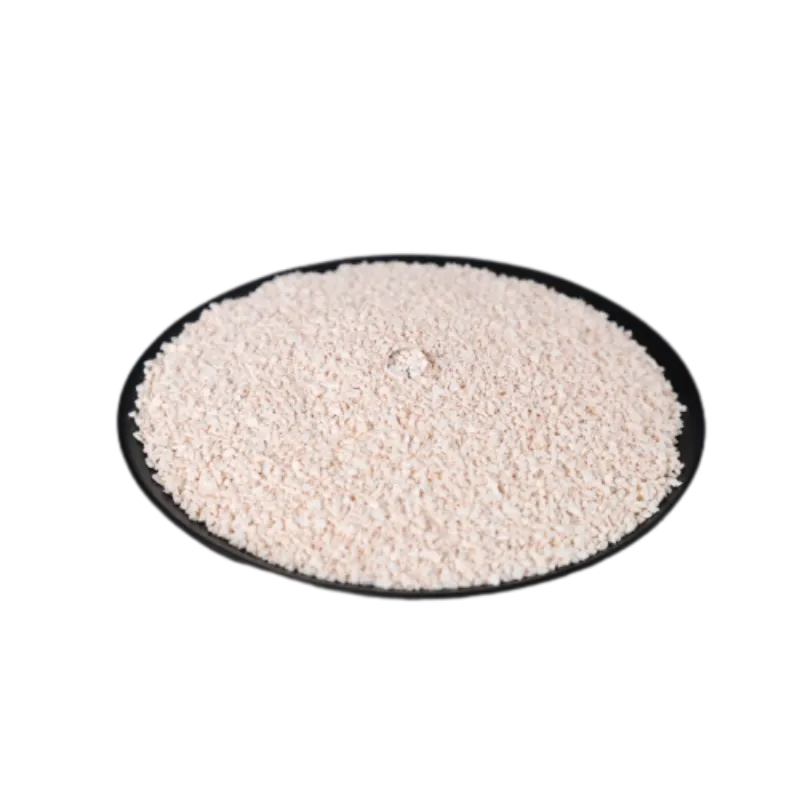
אוג . 07, 2024 08:15 Back to list
A Comprehensive Guide to Installing Asphalt Shingles on Your Shed Roof Efficiently
Installing Asphalt Shingles on a Shed Roof
When it comes to roofing options for your shed, asphalt shingles stand out as a popular choice due to their affordability, ease of installation, and durability. Whether you’re building a new shed or refurbishing an old one, installing asphalt shingles can enhance both the functionality and aesthetics of your structure. In this article, we will guide you through the process of installing asphalt shingles on a shed roof.
Materials and Tools Needed
Before you begin, gather all the necessary materials and tools. You will need
- Asphalt shingles - Roofing felt - Roofing nails - Drip edge - Roof adhesive or cement - A utility knife - A hammer or nail gun - A measuring tape - A ladder - A chalk line - Safety gear (gloves, goggles)
Preparing the Roof
Before installing shingles, ensure your shed's roof is in good condition. Remove any old roofing material, debris, and inspect for any structural damage. If the wood is rotted or damaged, make necessary repairs before proceeding.
Next, lay down a layer of roofing felt. This acts as an underlayment, providing an additional barrier against moisture. Start at the eaves and work your way up to the peak, overlapping each subsequent row by a few inches. Secure it in place using roofing nails, and ensure that it lies flat across the surface without any wrinkles.
Installing the Drip Edge
The drip edge is essential for directing rainwater away from the shed’s roof and preventing water from seeping under the shingles. Install the drip edge along the eaves of the roof, ensuring it extends slightly beyond the edge of the roof. Use roofing nails to secure it in place, nailing every foot or so along the edge.
installing asphalt shingles on a shed roof

Laying the Asphalt Shingles
Start laying shingles from the bottom of the roof, working towards the peak. Begin with the first row, ensuring it is aligned straight and flush with the edge of the roof. Use your measuring tape and chalk line to mark a straight line if necessary. Secure the shingles in place with roofing nails, placing them according to the manufacturer’s instructions—typically four nails per shingle.
As you progress to the next row of shingles, stagger the seams by half the length of the shingle. This technique helps create a more interlocking pattern, enhancing the roof's ability to resist water infiltration. Continue this process until you reach the peak of the roof.
Adding the Ridge Cap
Once all shingles are installed, it’s time to install the ridge cap. The ridge cap consists of shingles that are cut in half and placed over the peak of the roof. This not only provides a finished look but also prevents water from seeping through the ridge. Nail each ridge cap shingle in place securely, ensuring they are evenly spaced.
Finishing Touches
After installation, take a moment to check for any loose shingles and ensure that all nails are securely fastened. Clean up any debris around the shed, including packaging materials from the shingles. Finally, step back and admire your work, knowing that your shed is now better protected against the elements.
Conclusion
Installing asphalt shingles on a shed roof is a manageable DIY project that can significantly improve both the appearance and longevity of your shed. With the right materials, tools, and a bit of patience, you can achieve a professional-looking result. So grab your tools and get started on transforming your shed into a reliable storage solution that will withstand the test of time.
-
Metal Roof Lifespan How Long Are Metal Roofs Good For? (50+ Years)
NewsApr.29,2025
-
Double Roman Vent Durable Weatherproof Roof Tile Ventilation Solution
NewsApr.29,2025
-
Average Cost of Asphalt Roof Replacement Per Sq Ft & Total Estimates
NewsApr.28,2025
-
Metal Roof to Shingle Transition Flashing Kits Leak-Proof & Durable Solutions
NewsApr.28,2025
-
Flat Roof Tiles Types Durable Terracotta & Clay Options Explore Now
NewsApr.28,2025
-
Roman Roof Tiles Durable Classic & Modern Styles Free Shipping
NewsApr.27,2025







